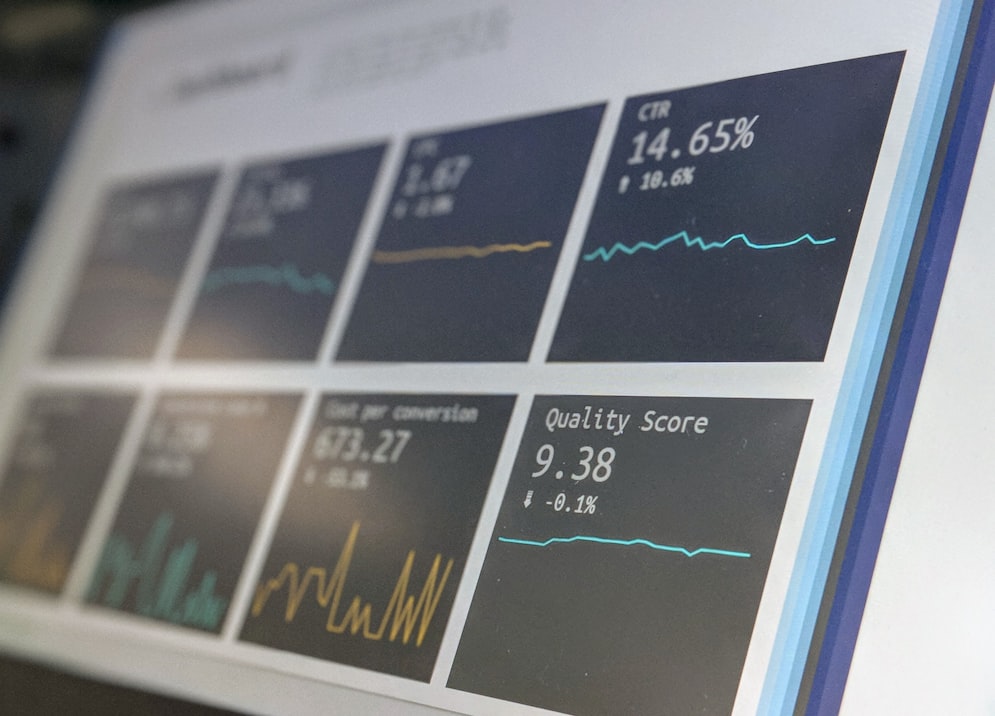Look Alike Analysis
What is Look Alike Analysis?

Look alike analysis is used in marketing campaigns to identify a certain segment of consumers that would mostly likely improve company revenue. In Look Alike modeling, a company would want to identify super users because super users would give a better return on investment. To summarize, look-alike modeling helps companies identify the ideal consumer for its products.
To achieve this goal, Look Alike Analysis would need to understand the characteristics of super users versus other normal users. To distinguish super users from normal users, Look alike analysis would need to create feature vectors (user active times, locations, and type of device) that would distinguish one group of users from another. Few and general feature vectors can often create groups of users that overlap and intersect with each other. Therefore, more characteristics must be implemented in order to more specifically identify the intended super users group.
Purpose

Characteristics, such as the type of device used or interest in sports, will help marketers make a valuable estimate as to whether the costumer will be interested in a certain product. This allows companies to spend their resources efficiently by only targeting consumers who are more likely to buy their product. Ineffective Look Alike Analysis would result in a company investing too much on marketing their products to consumers who are not likely to buy their product. Therefore, Lookalike analysis is very important to making marketing a good return on investment.